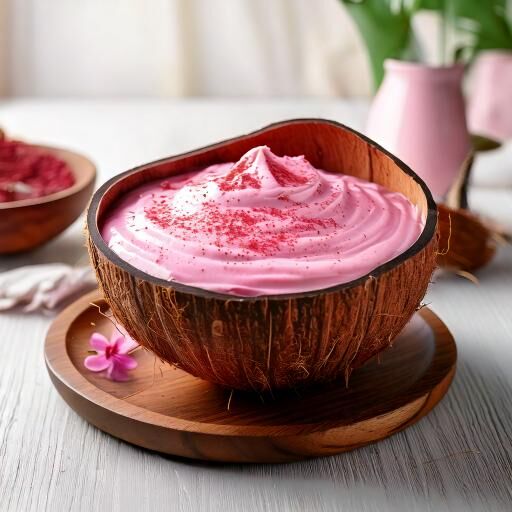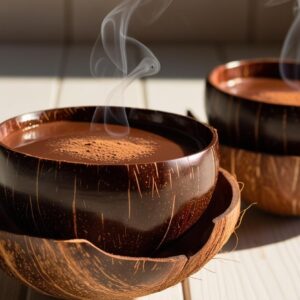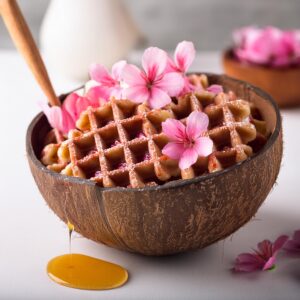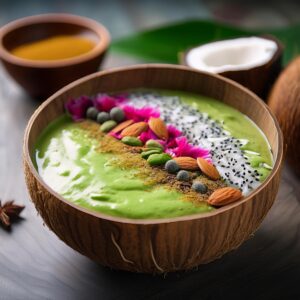Discover the origins and production process of pink pitaya powder.
The Origins of Pink Pitaya Powder
Pink pitaya, or dragon fruit, is native to Central America but is now grown worldwide. This post will take you through the journey of pink pitaya from farm to powder, highlighting sustainable farming practices and the meticulous process of creating high-quality pink pitaya powder
The Origins of Pink Pitaya Powder
Ah, pink pitaya powder. The mysterious, vibrant, Instagram-worthy dust that has taken over smoothie bowls and turned ordinary breakfasts into edible works of art. But where did it come from? Why is it pink? And why is it suddenly in everything from lattes to face masks? Buckle up, because this is the story of how a humble tropical fruit became the Beyoncé of the superfood world.
A Fruit with a Fashion Sense
Let’s start at the beginning. Pink pitaya powder comes from the pitaya fruit, also known as dragon fruit. Yes, dragon fruit—because apparently, Mother Nature decided this fruit deserved a name as cool as it looks. With its spiky skin and neon colors, dragon fruit looks like it was designed by a 5-year-old with a glitter pen. It’s like the fruit version of a rave.
The pitaya fruit hails from Central America, where it’s been chilling for centuries, minding its own business. Indigenous peoples have been enjoying its sweet, mildly tangy flavor long before it became the poster child for health food trends. But, as with all things trendy, it was only a matter of time before someone said, “Hey, you know what this needs? A rebrand.”
From Fruit to Powder: The Glow-Up
Enter the health food industry. Someone—probably wearing yoga pants and sipping kombucha—looked at dragon fruit and thought, “This is great, but what if we pulverized it into a fine powder and charged $20 for a tiny jar?” And thus, pink pitaya powder was born.
The process is simple but magical: they take the flesh of the fruit (specifically the pink-fleshed variety), dry it out, and grind it into a powder so vibrant it could double as unicorn makeup. The result? A superfood that not only tastes good but also makes your food look like something out of a Lisa Frank notebook.
Why Pink?
You might be wondering: why is it pink? Is it dyed? Is it radioactive? Nope! The pink color comes from betalains, natural pigments found in the fruit that are also antioxidants. In other words, not only does pink pitaya powder make your smoothie look fabulous, but it also fights free radicals like a tiny fruity superhero. Who knew being healthy could be so glamorous?
The Rise of Pink Pitaya Powder
So how did pink pitaya powder go from obscure tropical fruit dust to a staple in every influencer’s pantry? Two words: social media. One day, someone sprinkled it on a smoothie bowl, snapped a photo, and posted it on Instagram with the caption #healthyliving. The internet went wild. Suddenly, everyone wanted their food to look like it had been kissed by a rainbow.
And let’s be honest: pink pitaya powder is basically edible Photoshop. Want your oatmeal to look less like gruel and more like art? Sprinkle on some pink pitaya powder. Need your pancakes to pop? Add a pinch to the batter. It’s the culinary equivalent of putting on a sparkly filter.
But Is It Actually Good for You?
Now, let’s address the big question: is pink pitaya powder really worth the hype? Well, kind of. It’s packed with vitamins C and E, fiber, and antioxidants, so it’s definitely healthy. But let’s not pretend it’s going to solve all your problems. It won’t pay your student loans or make your ex text you back. What it will do is make your breakfast look like a tropical vacation, which is honestly pretty great.
The Downside
Of course, no superfood is without its drawbacks. For one thing, pink pitaya powder isn’t cheap. A small bag can cost as much as a fancy dinner, which raises the question: do you want pretty smoothies or rent money? Tough call.
And then there’s the fact that once you open that bag of powder, it has a way of getting everywhere. Your counter? Pink. Your hands? Pink. Your soul? Probably pink too. But hey, that’s the price you pay for beauty.
Final Thoughts
At the end of the day, pink pitaya powder is more than just a food trend—it’s a lifestyle choice. It’s for people who want their meals to be as extra as they are. Sure, you don’t need your smoothie to be neon pink, but life is short. Why not add a little sparkle?
So here’s to pink pitaya powder: the fruit dust that made breakfast fabulous and proved that sometimes, you really can judge a food by its color.




